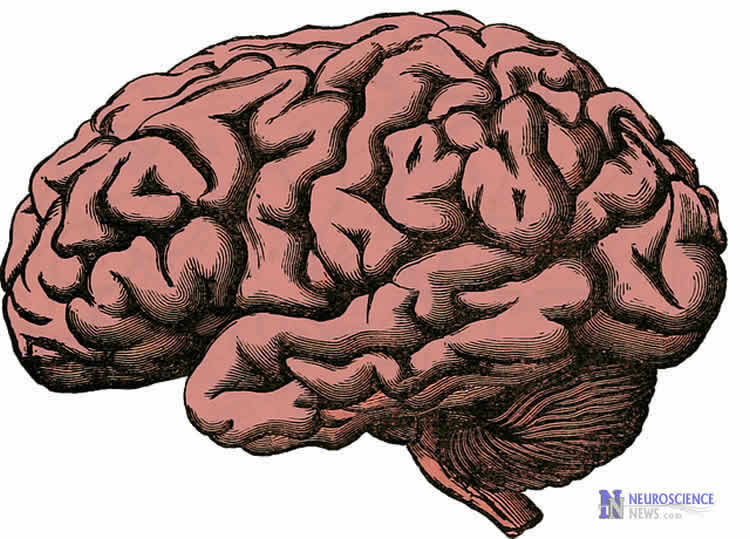The brain prepares multiple available movements before deciding between them, according to findings from Queen’s researchers Jason Gallivan and Randy Flanagan.
The research helps explain how the brain initially represents and decides between competing action options.
“Although there is an increasing appreciation among neuroscientists and psychologists of how processes involved in movement planning and control shape decisions, what has been missing is convincing behavioural evidence that can ground interpretations of neurophysiological data,” says Dr. Gallivan (Department of Biomedical and Molecular Sciences, Department of Psychology and Centre for Neuroscience Studies).
Reaching movements are supported by reflex responses that compensate for errors that can arise during movement execution. For example, if, when reaching towards a target, we see that our hand is off course, a fast “visuomotor” reflex will generate motor commands that correct for the error.
An important component of reach planning involves specifying the strength or “‘gain” of this reflex. For example, people will specify a higher gain when the target is narrow, in comparison to when it is wide, because a more vigorous correction would be required.

The researchers found that when participants were required to reach towards two potential targets–one wide and one narrow–that were superimposed, the gain of the visuomotor reflex constituted an average of the gains specified when reaching towards each target individually. This result indicates that participants planned a movement for each potential target, and executed these movements simultaneously when the target was uncertain.
“Preparing multiple plans may facilitate rapid movement initiation once one plan is selected, and may also provide a mechanism through which movement-related factors can influence the decision about which movement to make,” says Dr. Flanagan (Department of Psychology and Centre for Neuroscience Studies). “Understanding how the brain initially represents and decides between competing action options in the environment is a fundamental question in the neurosciences of decision-making and motor control.”
Co-authors on the project included Lindsey Logan (now an MD/MSc student at the University of Calgary) and Daniel Wolpert (University of Cambridge).
Source: Anne Craig – Queen’s University
Image Source: The image is in the public domain
Original Research: Abstract for “Parallel specification of competing sensorimotor control policies for alternative action options” by Jason P Gallivan, Lindsey Logan, Daniel M Wolpert and J Randall Flanagan in Nature Neuroscience. Published online January 11 2016 doi:10.1038/nn.4214
Abstract
Parallel specification of competing sensorimotor control policies for alternative action options
Recent theory proposes that the brain, when confronted with several action possibilities, prepares multiple competing movements before deciding among them. Psychophysical supporting evidence for this idea comes from the observation that when reaching towards multiple potential targets, the initial movement is directed towards the average location of the targets, consistent with multiple prepared reaches being executed simultaneously. However, reach planning involves far more than specifying movement direction; it requires the specification of a sensorimotor control policy that sets feedback gains shaping how the motor system responds to errors induced by noise or external perturbations. Here we found that, when a subject is reaching towards multiple potential targets, the feedback gain corresponds to an average of the gains specified when reaching to each target presented alone. Our findings provide evidence that the brain, when presented with multiple action options, computes multiple competing sensorimotor control policies in parallel before implementing one of them.
“Parallel specification of competing sensorimotor control policies for alternative action options” by Jason P Gallivan, Lindsey Logan, Daniel M Wolpert and J Randall Flanagan in Nature Neuroscience. Published online January 11 2016 doi:10.1038/nn.4214






